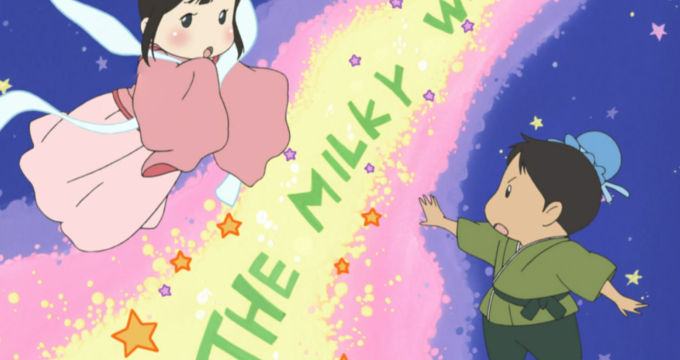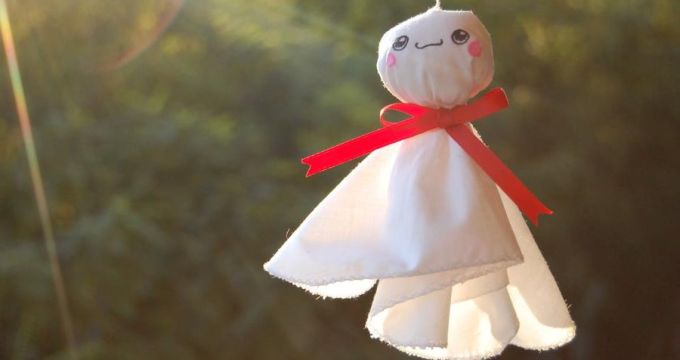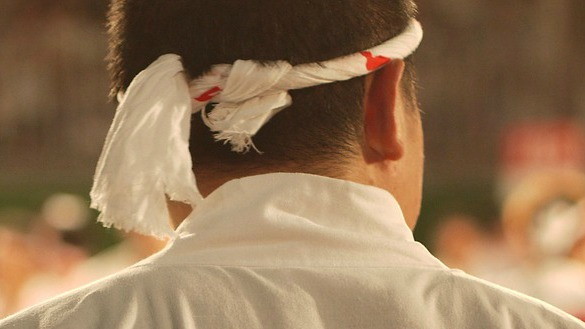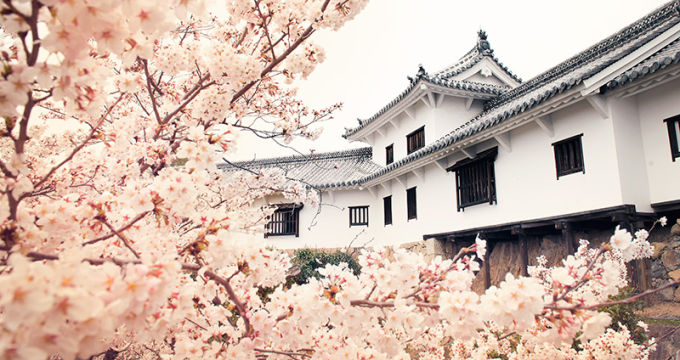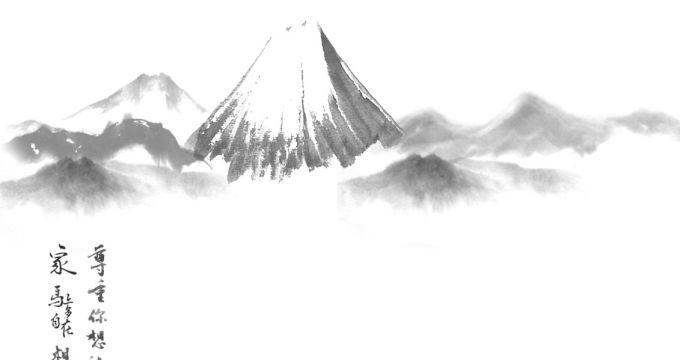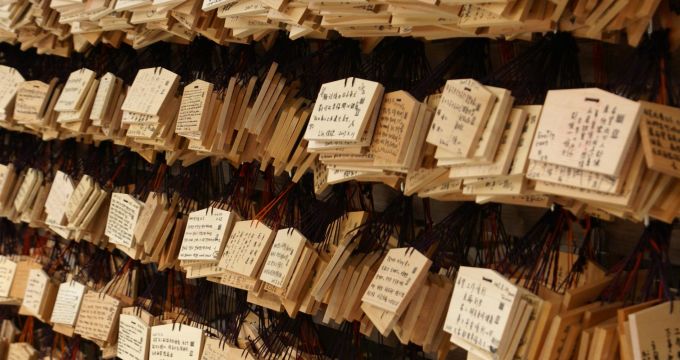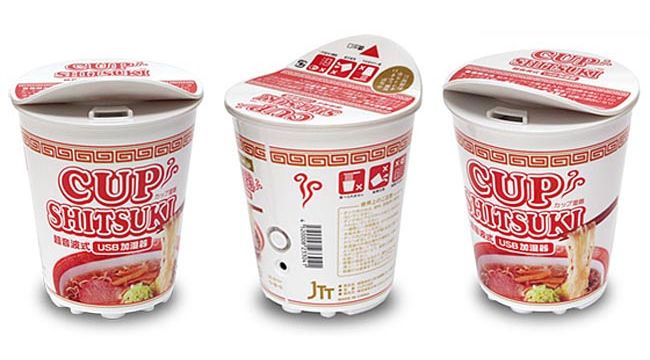Chinese has more native speakers than any other language, followed by Hindi and Urdu, which have the same linguistic origins in northern…
Category History
Tanabata (七夕, meaning “Evening of the seventh”), also known as the Star Festival, is a Japanese festival originating from the…
The soran bushi is perhaps the most famous of Japanese folk dances. Usually accompanied by the Bon dance as part…
Bowing in Japanese culture is a very important part of understanding Japanese society. The Japanese do not greet each other with…
A Teru Teru Bozu (てるてる坊主; literally “shine shine monk”) is a little traditional handmade doll made of white paper or cloth…
A hachimaki (鉢巻, “helmet-scarf”) is a stylized headband or bandanna worn in Japan for a variety of reasons, usually made of…
A restoration project for the main keep of Himeji Castle began in in October 2009 and has only just been…
Sumi e is an ancient form of ink-wash painting developed over 2000 years ago spiritually rooted in Zen Buddhism. Sumi…
Ema are wooden plaques you might buy at a shrine or temple where you’re encouraged to write your wish on and…
If you used google today you may have noticed that the google logo was a little man doing something resembling…


